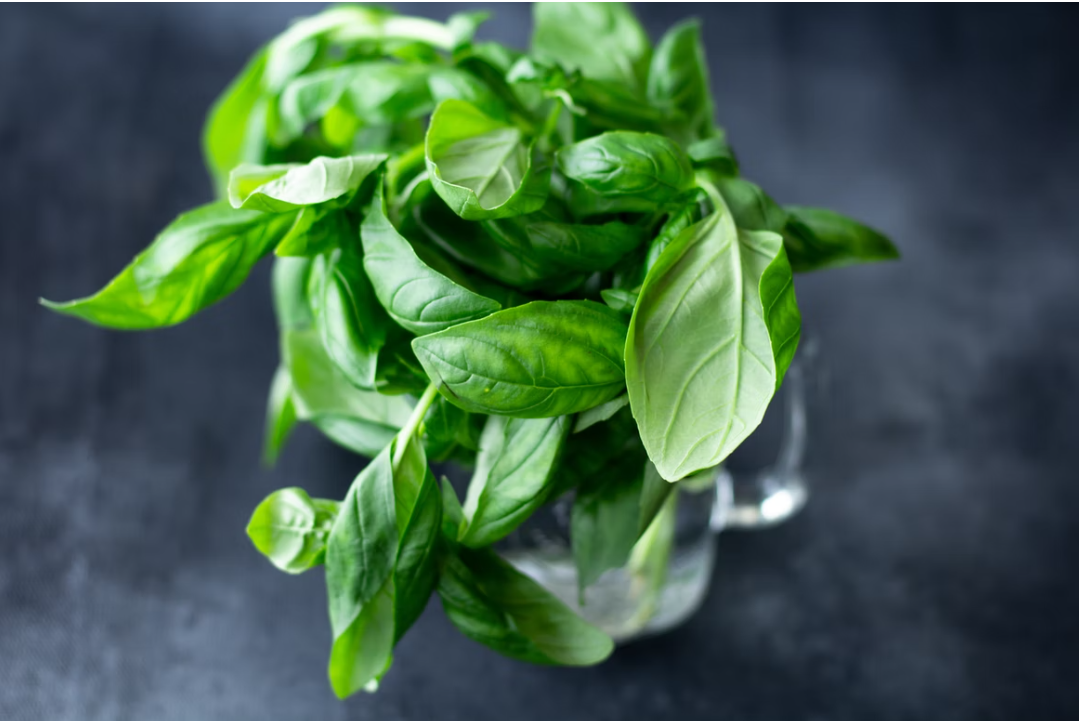Below, you’ll find an in-depth analysis of context and themes in one of the most popular poems by John Keats, “Isabella, or the Pot of Basil’.
CONTEXT
Written in 1818 – this is one of Keats’ most prolific and famed years in terms of his poetic career; the poem was also published around the same time as Keats’ relationship with Fanny Brawne began to blossom. Frances Brawne Linden, otherwise known as Fanny, was Keats’ neighbour in Hampstead, London. She was striking and distinctive looking rather than conventionally attractive, and she had a fiery passion for literature and politics that fascinated and perplexed Keats. They began a courtship in 1818 and were engaged in October 1819, but Fanny’s mother refused to sanction the marriage until Keats had achieved financial stability – at that time he had stopped his training as a physician to dedicate more time to poetry, which was (as it is now) an unstable career choice. Keats’ own physical health deteriorated and by February 1820 it was clear that he suffered from tuberculosis; he was forced to take a trip to Italy with hopes that the weather would improve his health, sadly he died in February 1821 without ever marrying his beloved. When applying this contextual knowledge to the poem, be careful of dates – at the time that ‘Isabella’ was written Keats had not yet been diagnosed with tuberculosis or had troubles with his engagement, he had however met Fanny Brawne and begun a courtship with her; he also had cared for his brother Tom since 1817, who was himself sick with tuberculosis and died of it in late 1818 – it is thought that Keats’ care of his brother was the reason that he himself contracted the disease.
Medievalism – Keats’ work is infused with his love of all things medieval; which is equalled only by his passion for classical literature. His fascination with Italy in the Renaissance period comes across in his decision to re-tell a tale from Bocaccio’s The Decameron. Keats is very interested in elements of medieval culture, such as the prevailing rules of courtly love and the belief that men should be noble and adopt the chivalric code, but he does also often criticise these tropes too and suggests that they are outdated by 19th century standards. His political objections to the wealth and prowess of Florentine society are central to the narrative of ‘Isabella’; his disdain for the evil brothers comes across most strongly when he critiques their love of money and inscrutable business affairs. Keats was interested in the idea of contemporising medieval literature, bringing the stories and forms up to date with the morality of his time, but also using the distant time period and geographical location to subtly hint at flaws that were still present in his own society – such as the belief that women should marry for wealth and status, which prevented himself from marrying his beloved Fanny Brawne. Other motifs, such as the 19th-century preoccupation with mourning, death and superstition, can be seen intertwined with the more typically Renaissance themes of the poem.
Neoclassicism – in the 18th century, a movement called ‘neoclassicism’ started to take place – it pervaded many aspects of culture, including art, literature and architecture, and centred around the idea of reviving classical ancient greek and roman cultural tropes with the aim of integrating them into modern society. Neoclassical elements are present in Keats’ poems; sometimes he outwardly and directly expresses his love for Classical literature – such as in his ‘Ode on a Grecian Urn’. At other times, such as within Isabella, Keats uses allegorical references to Greek and Roman mythology to help parallel the story of the two lovers. Neoclassicists also intended to apply modern and Christian frameworks of morality to originally pagan literature, using myths in a way that made them feel more Christian and more acceptable in contemporary society. Keats, however, often struggled with religion and Christianity, so he does this less than his fellow writers.
Keats’ Romantic Relationships: Isabella Jones + Fanny Brawne
Persèan sword – recalling the Greek myth of Perseus, a figure who was known for fighting monsters and beheading Medusa. Isabella’s sword is made of ‘duller steel’, Keats is saying that it seems far less epic and heroic, but he is suggesting there is still a nobility in her obsession with the task of unearthing Lorenzo’s head.
Bocaccio’s The Decameron – Bocaccio was a famous Italian Renaissance writer, best known for his work ‘The Decameron’, a collection of 100 stories told by seven female narrators as they are sheltering outside of Florence to escape the Black Death. The epidemic finished in 1348, and it is thought that Bocaccio started his tale around this time, completing it around 1353. The work is sometimes called ‘The Human Comedy’; it portrays a wide array of love stories, often using wit and humour as well as tragic elements to the tales. Though Keats’ interest in the story of Isabella is primarily tragic, we can detect similar complexities of tone in his narrative poem too. There are clear moments where Keats’ narrative voice intrudes on the text, often to provide a comical interlude to otherwise morbid or intense moments of the tale. The rhetorical question “Ah! wherefore all this wormy circumstance?/ Why linger at the yawning tomb so long?” is surprisingly comic, interrupting the moment of horror where Isabella digs up Lorenzo’s body and severs his head. The tone of Keats’ work is respectful of the original, keeping the details but also the mood and atmosphere of his source material.
TASK: What similarities and differences can you find between Keats’ poem and this extract from Bocaccio’s original tale?
Extract from Bocaccio: Nor had she dug long, before she found the body of her hapless lover, whereon as yet there was no trace of corruption or decay; and thus she saw without any manner of doubt that her vision was true. And so, saddest of women, knowing that she might not bewail him there, she would gladly, if she could, have carried away the body and given it more honourable sepulture elsewhere; but as she might not so do, she took a knife, and, as best she could, severed the head from the trunk, and wrapped it in a napkin and laid it in the lap of her maid; and having covered the rest of the corpse with earth, she left the spot, having been seen by none, and went home. There she shut herself up in her room with the head, and kissed it a thousand times in every part, and wept long and bitterly over it, till she had bathed it in her tears. She then wrapped it in a piece of fine cloth, and set it in a large and beautiful pot of the sort in which marjoram or basil is planted, and covered it with earth, and therein planted some roots of the goodliest basil of Salerno, and drenched them only with her tears, or water perfumed with roses or orange-blossoms. And ’twas her wont ever to sit beside this pot, and, all her soul one yearning, to pore upon it, as that which enshrined her Lorenzo, and when long time she had so done, she would bend over it, and weep a great while, until the basil was quite bathed in her tears.
‘Young Palmer’ – a metaphor recalling the line from Shakespeare’s Romeo and Juliet that ‘palm to palm is holy palmers’ kiss’. Palmers were pilgrims who brought back palm leaves in the shape of a cross from the Holy Land; later on in the poem Isabella herself also ‘withers / like a palm’; Keats uses the same figurative imagery for both lovers to signify their perfect union and twinned souls.
Lovesickness – from the Medieval era to the 19th century, it was common to depict the state of lovesickness as both a mental and physical illness, similar to modern-day depression, where the mind’s anguish wrought physical effects upon the body. In this poem, we can see that both Isabella and Lorenzo grow sick at first when they are unable to confess their love to one another – Lorenzo is consumed with ‘sick longing’ and his cheeks grow ‘paler’ the longer he suppresses his love; Isabella’s ‘untouch’d cheek’ also falls ‘sick within the rose’s just domain’, a specific reference that links love – symbolised by the ‘rose’ flower – to anguish and suffering. Later, Isabella wastes away crying over her basil pot and barely leaving even to eat, sleep or pray: “She withers / like a palm”. The final stanza begins “And so she pined, and so she died forlorn,”, using parallelism to underscore the connection between her state of lovesickness and her tragic death. Keats himself arguably died from lovesickness following his unsuccessful courtship of Fanny Brawne (see above for further info).
Widow’s weed – The term “widow’s weeds” refers to the black clothing worn (principally) by female widows during the Victorian era, which dictated a strict “etiquette of mourning” that governed both their behaviour and their appearance following the deaths of their husbands.
Keats’ medical background – Keats struggled to have enough money to work freely as a poet, so he trained alongside writing to become a physician, a medical doctor. His interest and expertise in medicine is present throughout many of his poems and colour his outlook on life. For instance, upon the moment of murdering Lorenzo, the brother’s faces are described as ‘sick and wan’ when reflected in the ford as they cross the river, in contrast to Lorenzo’s which is ‘flush with love’. There is a suggestion here that Lorenzo’s behaviour is natural and healthy, causing him to grow and thrive, whereas the brothers’ have some kind of mental illness that causes them to appear ‘sick’ and behave in a sociopathic manner – although the term ‘sociopath’ didn’t exist at the time of Keats writing the tale, we can apply it to his depiction of the villains if viewed from a modern perspective. Isabella, too, is physically sick.
THEMES
TASK: For each of the themes below, collect together quotations, context points and your own thoughts that relate to them, including if possible an understanding of the overall message connected to the theme. You may find it helpful to use spider diagrams to plan your ideas and structure your revision.
- Young love
- Doomed love
- Forbidden love
- Separation
- Individualism vs Society
- Spirituality
- Criminality
- Madness
- Tragedy
- Avarice
- Romantic Enchantment vs Harsh Reality
- Capitalism
- Empiricism
- Idealism
- Fate
- Shame
- Loss
- Grief + Mourning
- Traditionalism vs Modernity
Thanks for reading!
If you find this page useful and need more help with Keats, you can access our full poetry course. For a limited time, the John Keats Poetry course is 50% off; just use the code ‘EARLYBIRD’ at checkout!
For other English Language and Literature courses, click here.












